BOSTON (AP) — Six Dr. Seuss books — including “And to Think That I Saw It on Mulberry Street” and “If I Ran the Zoo” — will stop being published because of racist and insensitive imagery, the business that preserves and protects the author’s legacy said Tuesday.
“These books portray people in ways that are hurtful and wrong,” Dr. Seuss Enterprises told The Associated Press in a statement that coincided with the late author and illustrator’s birthday.
“Ceasing sales of these books is only part of our commitment and our broader plan to ensure Dr. Seuss Enterprises’ catalog represents and supports all communities and families,” it said.
The other books affected are “McElligot’s Pool,” “On Beyond Zebra!,” “Scrambled Eggs Super!,” and “The Cat’s Quizzer.”
The decision to cease publication and sales of the books was made last year after months of discussion, the company, which was founded by Seuss’ family, told AP.
“Dr. Seuss Enterprises listened and took feedback from our audiences including teachers, academics and specialists in the field as part of our review process. We then worked with a panel of experts, including educators, to review our catalog of titles,” it said.
In “And to Think That I Saw It on Mulberry Street,” an Asian person is portrayed wearing a conical hat, holding chopsticks, and eating from a bowl. “If I Ran the Zoo” includes a drawing of two bare-footed African men wearing what appear to be grass skirts with their hair tied above their heads.
Books by Dr. Seuss — born Theodor Seuss Geisel in Springfield, Massachusetts, on March 2, 1904 —- have been translated into dozens of languages as well as in braille and are sold in more than 100 countries. He died in 1991.
He remains popular, earning an estimated $33 million before taxes in 2020, up from just $9.5 million five years ago, the company said. Forbes listed him No. 2 on its highest-paid dead celebrities of 2020, behind only the late pop star Michael Jackson. Within hours of Tuesday’s announcement, Dr. Seuss books filled more than half of the top 20 slots on Amazon.com’s bestseller list. “Mulberry Street” and “If I Ran the Zoo” were on the list, along with “Oh, the Places You’ll Go!”, “Green Eggs and Ham” and others still being published.
Random House Children Books, Dr. Seuss’ publisher, issued a brief statement Tuesday: “We respect the decision of Dr. Seuss Enterprises (DSE) and the work of the panel that reviewed this content last year, and their recommendation.”
Dr. Seuss is adored by millions around the world for the positive values in many of his works, including environmentalism and tolerance, but criticism has grown in recent years over the way Blacks, Asians and others are drawn in some of his most beloved children’s books, as well as in his earlier advertising and propaganda illustrations.
The National Education Association, which founded Read Across America Day in 1998 and deliberately aligned it with Geisel’s birthday, has for several years deemphasized Seuss and encouraged a more diverse reading list for children.
School districts across the country have also moved away from Dr. Seuss, prompting Loudoun County, Virginia, schools just outside Washington, D.C., to douse rumors last month that they were banning the books entirely.
“Research in recent years has revealed strong racial undertones in many books written/illustrated by Dr. Seuss,” the school district said in a statement.
For the country’s libraries, what to do with the Seuss books being withdrawn continues a longstanding conflict between the values of free expression and acknowledging that some content may be hurtful. Libraries rarely pull a book even when some find it racist or otherwise offensive, says Deborah Caldwell Stone, who heads the American Library Association’s Office for Intellectual Freedom. They are more likely to place it in a less prominent location, or otherwise choose not to promote it.
“Shelf space is precious and librarians do periodically cull the book collections and remove some titles. But they usually do so because no one is asking for that book anymore,” she said.
In 2018, a Dr. Seuss museum in his hometown of Springfield removed a mural that included an Asian stereotype.
“The Cat in the Hat,” one of Seuss’ most popular books, has received criticism, too, but will continue to be published for now.
Dr. Seuss Enterprises, however, said it is “committed to listening and learning and will continue to review our entire portfolio.”
The move to cease publication of the books drew immediate reaction on social media from those who called it another example of “cancel culture.”
“We’ve now got foundations book burning the authors to whom they are dedicated. Well done, everyone,” conservative commentator and author Ben Shapiro tweeted.
Others approved of the decision.
“The books we share with our children matter. Books shape their world view and tell them how to relate to the people, places, and ideas around them. As grown-ups, we have to examine the worldview we are creating for our children, including carefully re-examining our favorites,” Rebekah Fitzsimmons, an assistant teaching professor at Carnegie Mellon University, tweeted.
Numerous other popular children’s series have been criticized in recent years for alleged racism.
In the 2007 book, “Should We Burn Babar?,” the author and educator Herbert R. Kohl contended that the “Babar the Elephant” books were celebrations of colonialism because of how the title character leaves the jungle and later returns to “civilize” his fellow animals.
One of the books, “Babar’s Travels,” was removed from the shelves of a British library in 2012 because of its alleged stereotypes of Africans. Critics also have faulted the “Curious George” books for their premise of a white man bringing home a monkey from Africa.
And Laura Ingalls Wilder’s portrayals of Native Americans in her “Little House On the Prairie” novels have been faulted so often that the American Library Association removed her name in 2018 from a lifetime achievement award it gives out each year. The association still gives out the Geisel Award for “the most distinguished American book for beginning readers published in English in the United States during the preceding year.”
AP National Writer Hillel Italie contributed from New York.
Pos
 Precious metals?
Precious metals? The 80’s and 90’s are now a blur in my memory. A new child arrived in the household every two years. Once they were able to walk, they would join the home-schooling effort.
The 80’s and 90’s are now a blur in my memory. A new child arrived in the household every two years. Once they were able to walk, they would join the home-schooling effort.
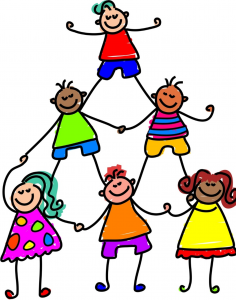
 Fast forward to 2020….
Fast forward to 2020…. Then my mind switched to two other daughters who were (at that time) managing a real estate purchase for me. Both are mothers who happen to be great business managers on the side. They, like their older sister, have also served as school teachers (one teaching children, the others teaching on the college level).
Then my mind switched to two other daughters who were (at that time) managing a real estate purchase for me. Both are mothers who happen to be great business managers on the side. They, like their older sister, have also served as school teachers (one teaching children, the others teaching on the college level). Her younger sister provides behavior therapy to adults with disabilities (at the state hospital). She is pursuing the education that I myself went after (Applied Behavior Analysis).
Her younger sister provides behavior therapy to adults with disabilities (at the state hospital). She is pursuing the education that I myself went after (Applied Behavior Analysis). One has completed 7 1/2 years of an 8-year pharmacy school program. His interest in the stock market has led him to teach Mom the ropes (helping me diversify a bit).
One has completed 7 1/2 years of an 8-year pharmacy school program. His interest in the stock market has led him to teach Mom the ropes (helping me diversify a bit). MS, Exceptional Student Education (Univ. of W. Florida) emphasis on Applied Behavior Analysis
MS, Exceptional Student Education (Univ. of W. Florida) emphasis on Applied Behavior Analysis
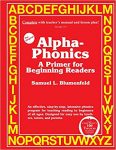





 school children about gender identity
school children about gender identity
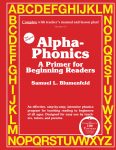
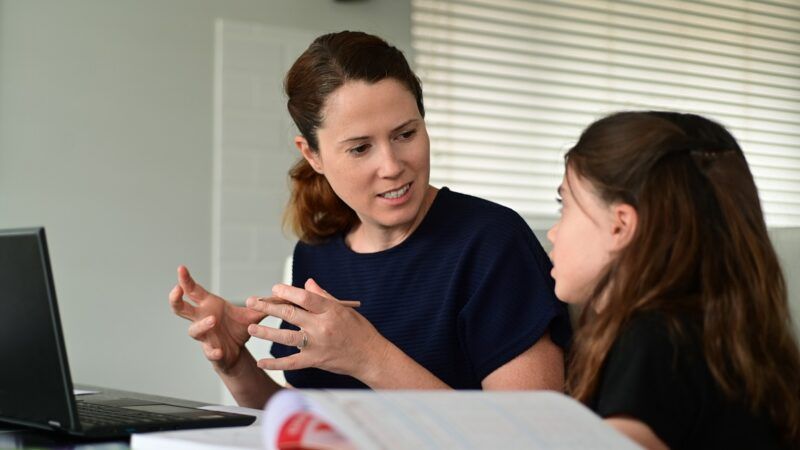
 Disruption of the public school could have been tolerable if they’d adapted to the new environment and offered good-quality remote education through online platforms. It’s certainly possible—many charter schools and private educators mastered this approach years ago. But that
Disruption of the public school could have been tolerable if they’d adapted to the new environment and offered good-quality remote education through online platforms. It’s certainly possible—many charter schools and private educators mastered this approach years ago. But that 
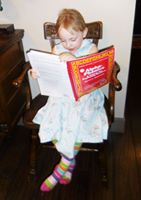




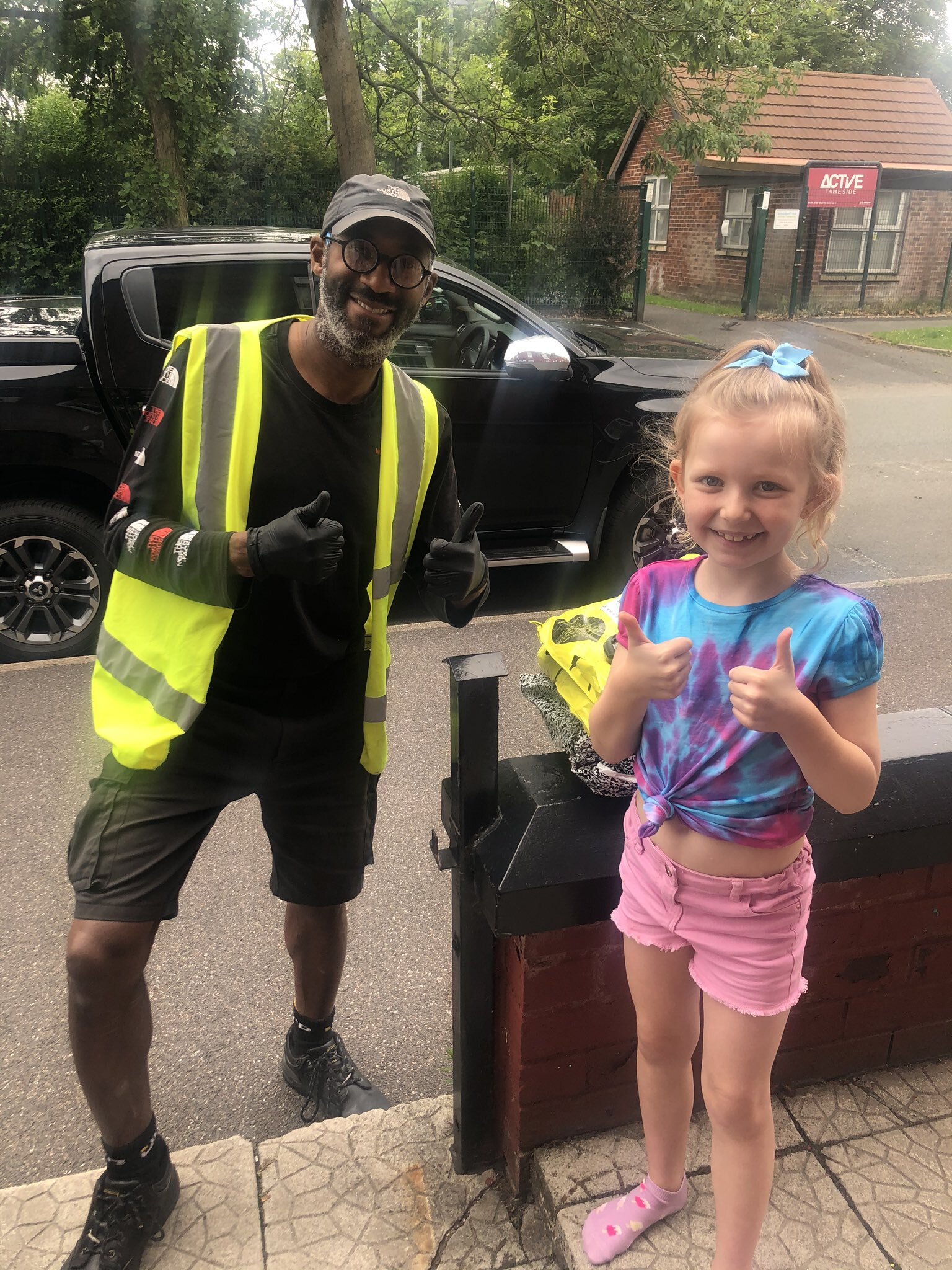
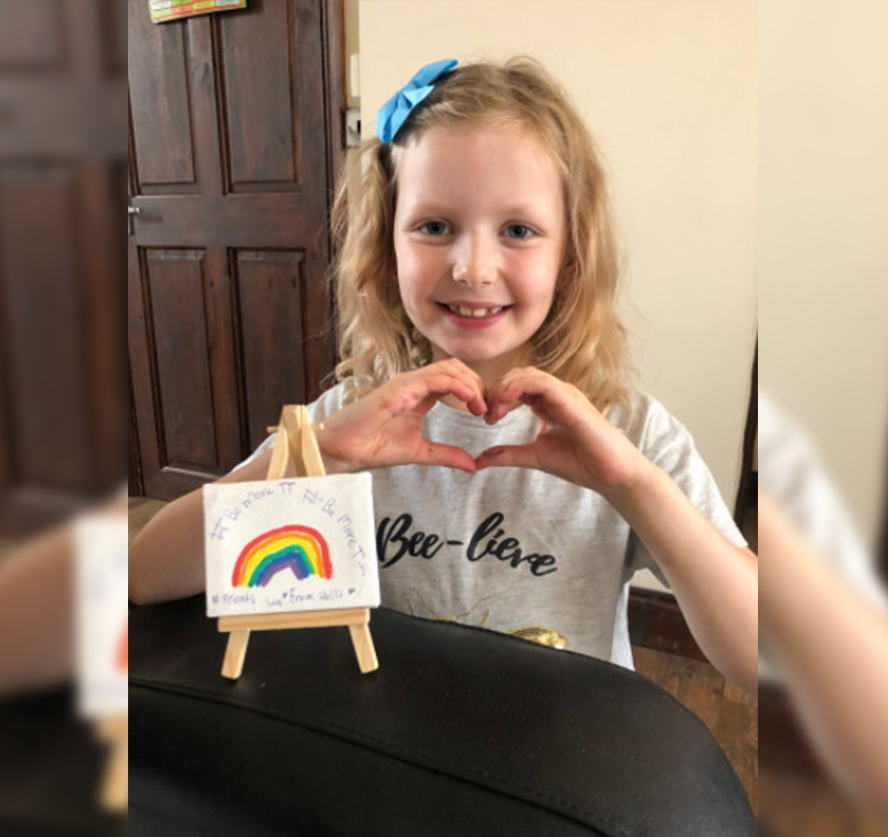
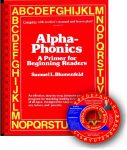




 Alpha-Phonics
Alpha-Phonics The Alphabet Song!
The Alphabet Song! Water on the Floor
Water on the Floor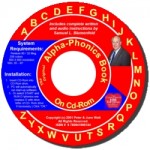 Alpha-Phonics the Book on CD Rom
Alpha-Phonics the Book on CD Rom Blumenfeld Oral Reading Assessment Test
Blumenfeld Oral Reading Assessment Test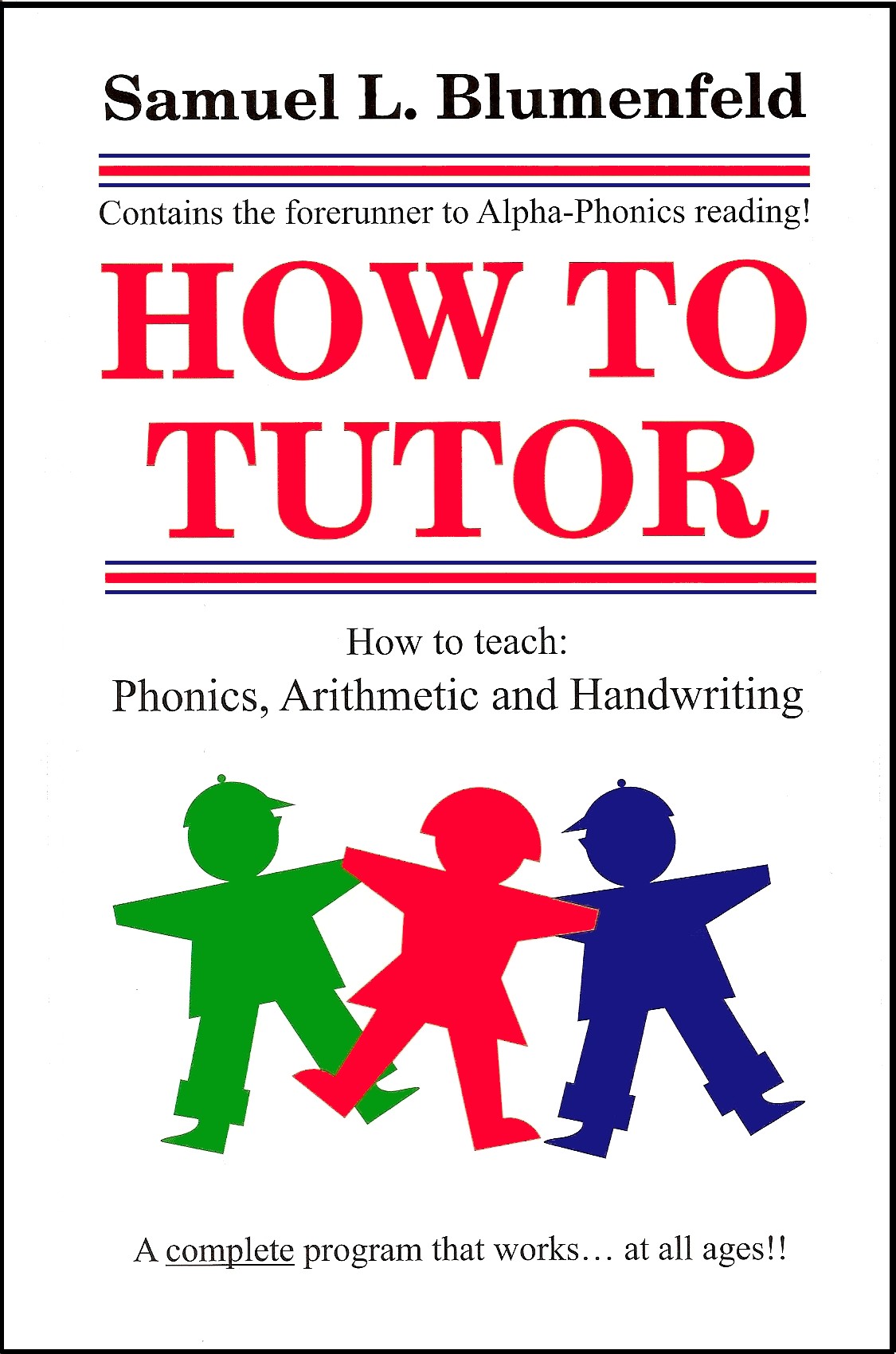 How To Tutor
How To Tutor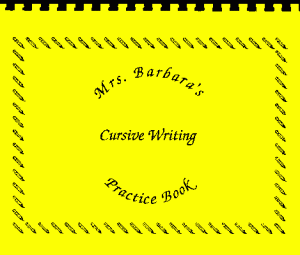 How To Tutor Cursive Handwriting Workbook
How To Tutor Cursive Handwriting Workbook
We hope Parents will investigate how Alpha-Phonics can easily be used to teach their children to read at any stage of their reading instruction. Your Kids can make a lot of headway in only a couple of weeks with this proven program. Tens of thousands of Parents have used Alpha-Phonics SUCCESSFULLY. Follow the links below to know all about the time-tested (37 + years) Alpha-Phonics program:
WEBSITE TESTIMONIALS CATHY DUFFY REVIEW
OTHER REVIEWS HOW TO ORDER